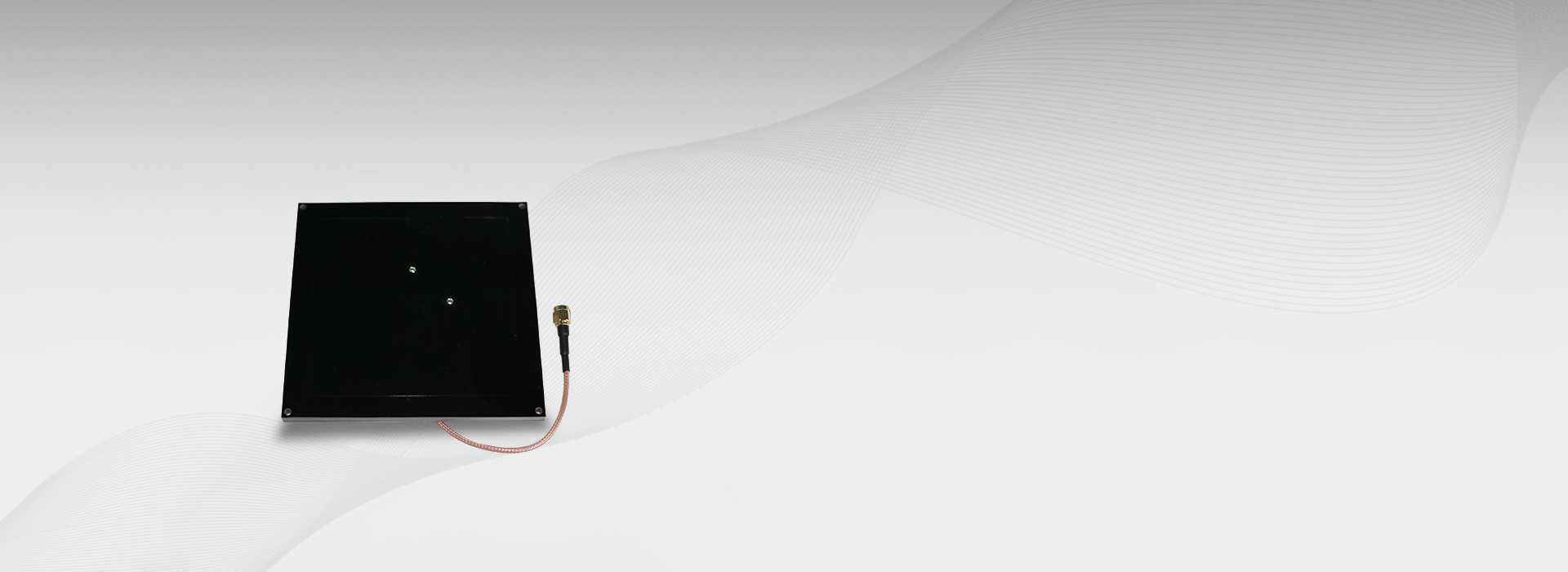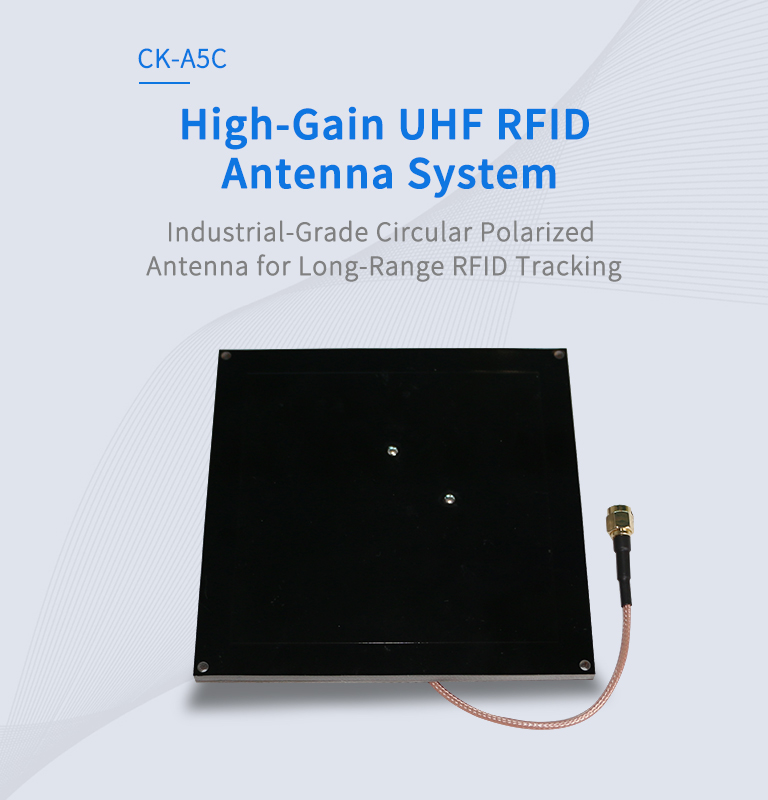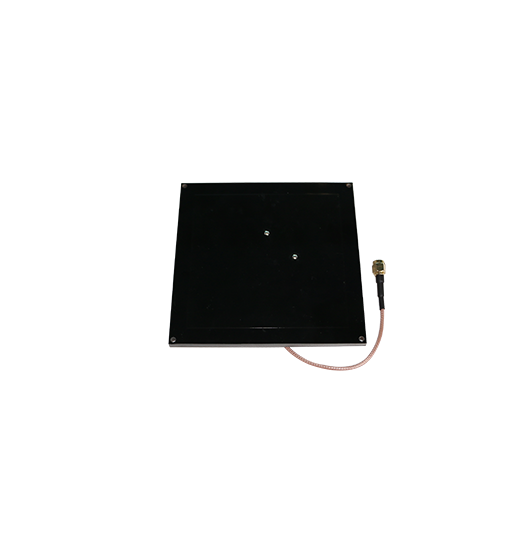Submit your request to us
We will contact you as soon as possible.
All RFID Product

CK-A5C
DIY RFID Antenna Kit – 5dBi UHF Build-It-Yourself Design
Customizable 840-960MHz Antenna for RFID Hobbyists & Engineers
✔️ Adjustable 5dBi Gain with ≤1.4 VSWR
✔️ Open-Source PCB Blueprints & Tuning Guides
✔️ IP65 Enclosure 3D Printing Templates Included

CUT, SOLDER, SCAN!
The CK-A5C DIY RFID Antenna Kit provides everything needed to build a professional 5dBi circular-polarized UHF antenna. With open-source Gerber files for PCB customization and pre-tested components (SMA connectors, FR4 substrates), makers can achieve 840-960MHz frequency coverage, 50Ω impedance matching, and <3dB axial ratio – perfect for RFID door access prototypes, inventory tracking projects, or IoT hacking.
Ideal for educational STEM kits, RFID startup prototyping, and custom solutions requiring tunable antenna performance.
Submit your requirements and valid contact details – Our engineers will deliver a custom solution within 24 hours.
Comprehensive Tuning Guide:
The DIY RFID Antenna Kit supports frequency adjustments across the 840-960MHz spectrum, making it adaptable for global UHF RFID standards. Here’s how to optimize it for specific regions:
Pro Tip: Label your antenna with a waterproof marker after tuning to avoid confusion in multi-region setups.
Anti-Metal Optimization Strategies:
Metal interference is a common challenge in RFID deployments. Here’s how to adapt your DIY RFID Antenna for metal-heavy environments:
Field Test Example: In a warehouse with steel racks, these adjustments improved tag read rates from 72% to 98%.
DIY-Friendly Testing Methods:
You don’t need a $10,000 spectrum analyzer to validate your antenna. Here are budget-friendly solutions:
Documentation Tip: Record all test results in the included Antenna Performance Logbook for future optimizations.
Cykeo RFID solutions empower cross-industry operations, delivering precision tracking for supply chain optimization, industrial IoT deployments, and mission-critical asset management across logistics, healthcare, aviation, smart manufacturing, energy infrastructure, and security systems.
